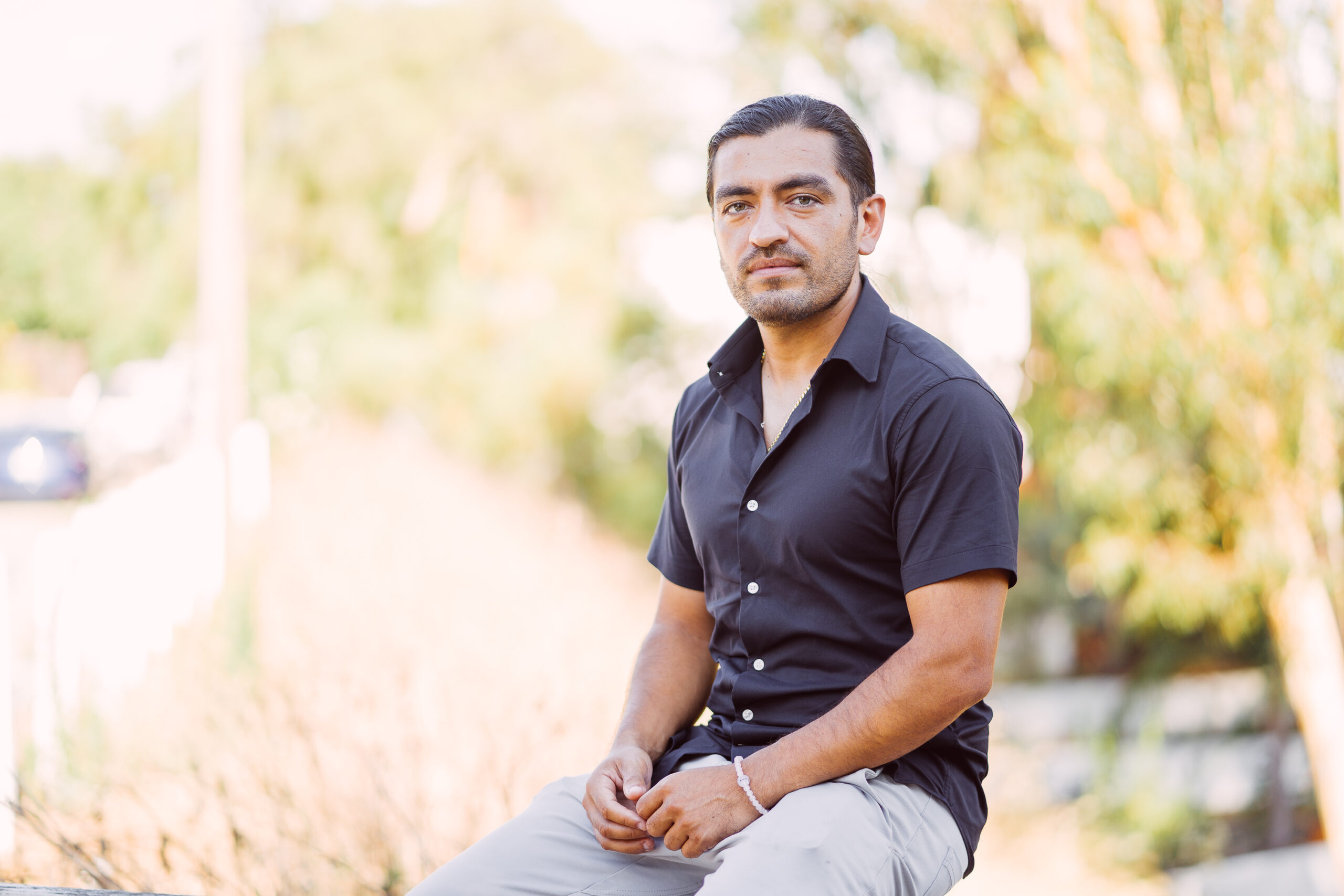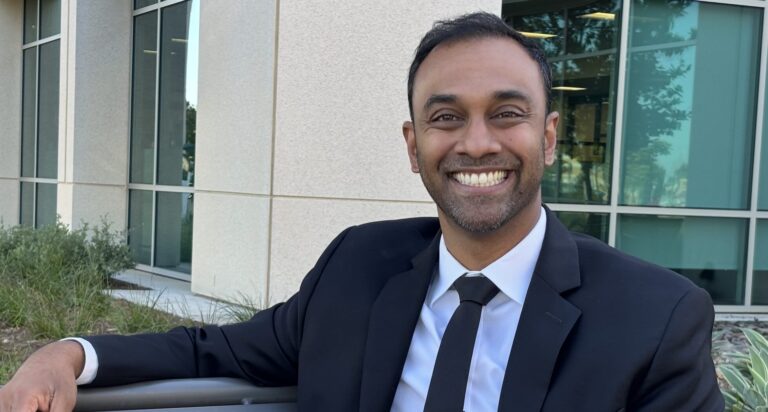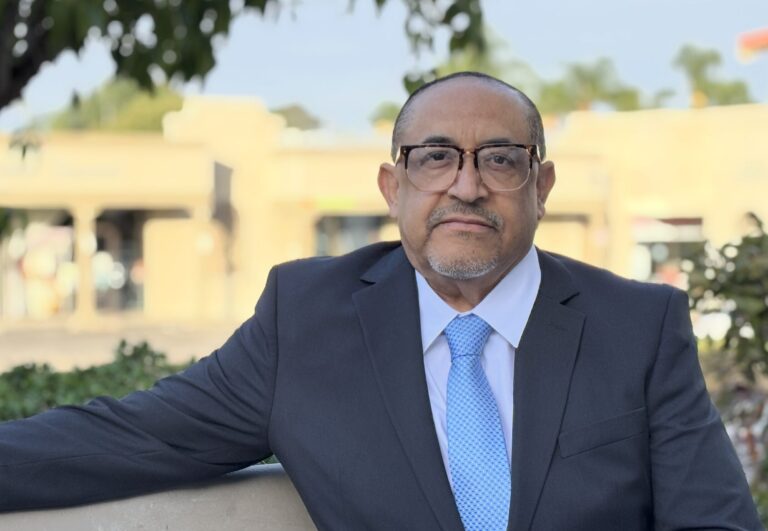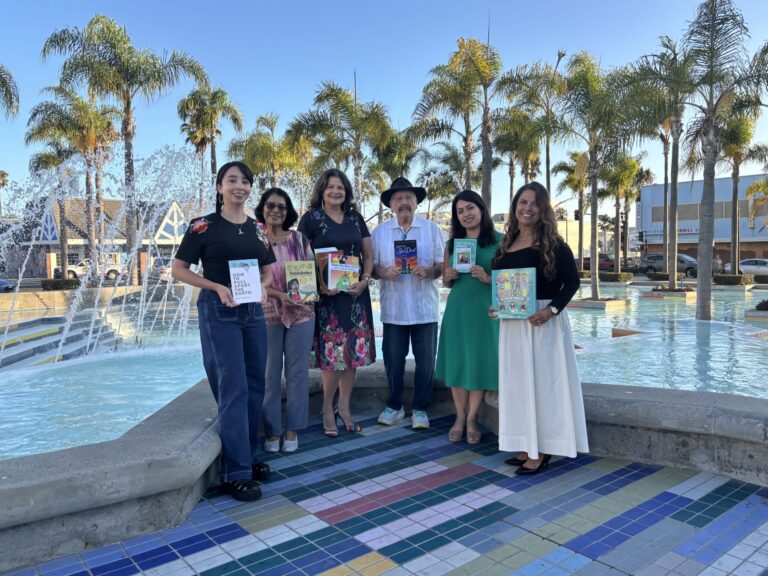Latino student from San Marcos defies roadblocks to success
By Melanie Slone
Failing a class at MIT, not knowing how to get financial aid, being a first-generation college graduate…Richard Gabriel Huizar didn’t let any of it stop him.
Today, Richard works as a prototype mechanical engineer on the team behind the Apple Vision Pro. As a Latino who grew up in San Marcos, he is proud to have overcome the obstacles so many students face on their path to success.
Overcoming barriers
Finances were the main hurdle, Richard told North County Informador. Planning to major in math at San Diego State, he realized he didn’t understand financial aid. He said his parents fell into the gap where they made too much to qualify him for assistance but not enough to help him pay for college.
“I didn’t know about applying for grants. I didn’t know about applying for scholarships and things like that,” he told us. So, San Diego State was no longer an option.
He said he wasn’t sure what he was going to do, but “I knew I needed to get an education.”
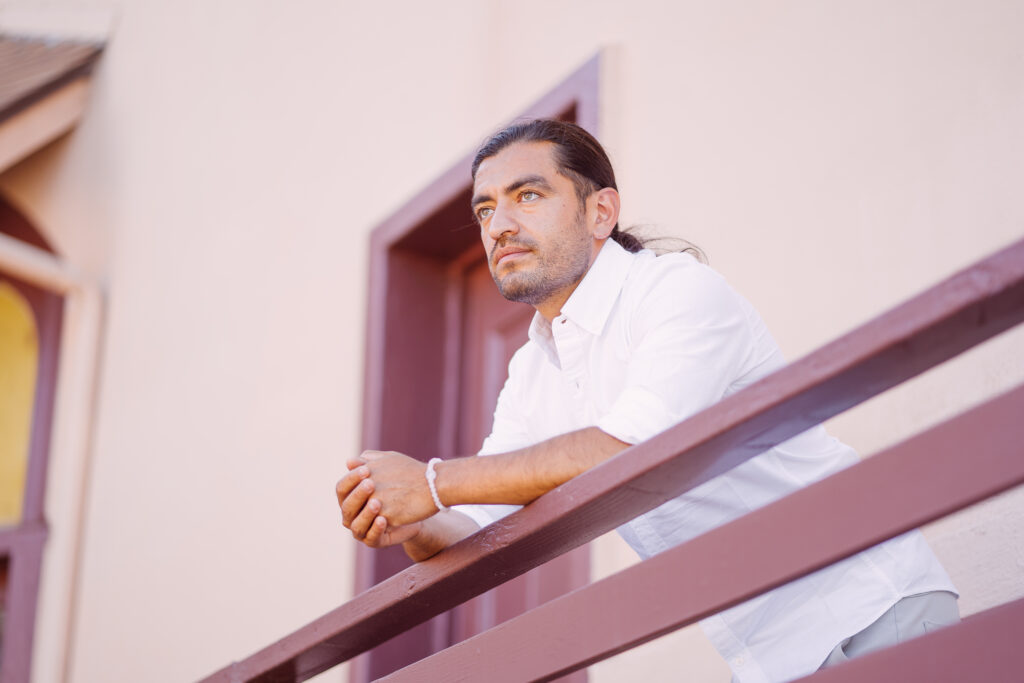
Some good advice came from his cousin, Lisa Montes, who was once School Relations/Diversity Outreach Specialist at MiraCosta College. Richard took a tour in 2012, “and just fell in love with the campus. MiraCosta in Oceanside is absolutely beautiful. The staff there was extremely nice,” he said.
He decided to enroll and worked a few jobs on campus while he completed his studies, immersing himself 100% in his education. One of his jobs was as a student ambassador, where he went to the high schools in North County to explain to kids that community college was an option for them.
“My main obstacle was definitely financial,” he told us, “And the second one, which is a pretty close second, is being uninformed, not having mentorship, not having the resources and the knowledge to know what to do to prepare for college.”
As an ambassador, he helped high schoolers overcome that barrier, telling them about the different options for college and the scholarship process.
“It was learning about these different application processes that I didn’t know when I was in high school,” he said.
Working with others also helped him get ready to transfer. “Becoming a tutor at the math center on campus, one thing I quickly learned is the opportunities that a community college has,” he told us.
“What was reassuring to me is the mentorship I had at MiraCosta. They said, ‘We’ll make sure that your plan’s in place, that you are taking the correct classes. We’ll help you to search for the scholarships, but you need to put in that work through college itself.’”
Richard remembered countless sleepless hours. He said he and his friends drove to San Diego State on the weekends to study because the library at MiraCosta wasn’t open on Sundays.
From MIT to Apple: Never Give Up
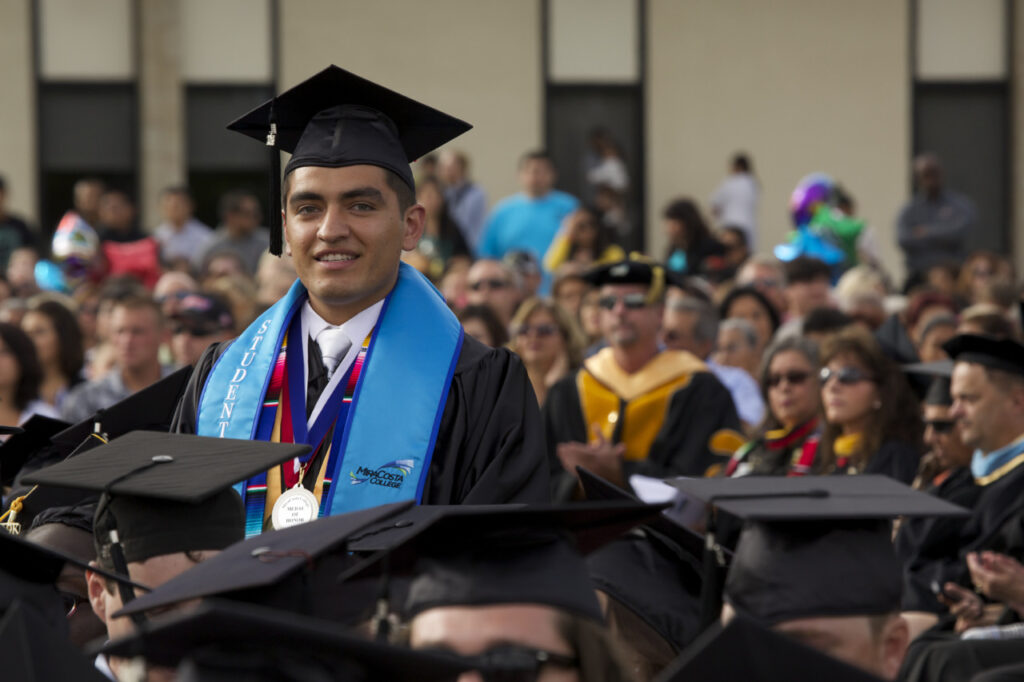
Richard was the first student from MiraCosta College to go to MIT.
MiraCosta and Palomar Colleges have guaranteed programs to transfer to UC and Cal State schools, but he decided to look at private schools as well because of their large endowments and scholarship funds.
After two years, he got his associate degree and was able to transfer.
MIT called out to him because it was “not just the theoretical but also the practical end to the things that you’re learning,” he said. At that school he was exposed to resources he couldn’t have had anywhere else, he noted.
MIT offers the opportunity to change majors at any point. He was a math major, but a friend encouraged him to try engineering, so he signed up for an Intro. to Mechanical Engineering class.
“The first test, I absolutely failed it,” he told us. “It just snowballed from there. It got worse and worse…second test, failed that one as well. So, I dropped that class.”
But he knew then that it was what he wanted to do with his life, apply mathematics to a practical function. Instead of giving up, he went to the professor who taught the class he had failed and asked him to be his advisor. “When I took it again the next semester, I aced it. From day one, I was ready to go… A lot more serious about it,” he remembered.
A VP from Apple was a professor at MIT, and Richard got an internship with the company his junior year. “I did an internship with input devices, so working on various features of things like the mouse, Trackpad, pencil…”
As an intern, he realized he wanted a creative-type role in his work, a research-and-development-type role. “I love the creative side. I love thinking about how we can use technology in new ways and how we can do more things with it and get more features for people,” he said.
After this internship, he graduated in 2018. But getting into Apple for good wasn’t easy. He went a few months without a job, spending time with his family and recentering himself.
He moved to the San Francisco Bay Area and spent time concentrating reading every day, working out, and keeping a journal, building his life plan. After he had tried out a position with another company, in November 2018, his internship team from Apple reached out to him and offered him a position in R&D.
“We work at the intersection between technology and user experience,” he explained. “My team has worked on a first prototype of a phone with no home button… The Apple Pencil has a touch thing on it. That’s something our team did. And then we worked heavily on face ID.”
His latest team achievement is the Apple Vision Pro, “everything from the eye tracking that the Vision Pro does to other parts, other algorithms it has, and enabling all those,” he told us. He has also had a hand in iPhones, iPads, and many other Apple products.

Family First
Despite all his success at school and with Apple, Richard always puts his family first.
“My family were the rock of my support,” he told us. “They were always there to support me, to say, you can do it, to cheer me on, to do what they can to help, whether that’s letting me stay at home either rent-free or with cheap rent, giving me time here and there to figure things out… That love and compassion speaks volumes. It’s one of the foundations that helped me through it.”
Even with the constant family support, Richard acknowledged that it can be difficult, especially for Latinos.
“I didn’t really have anyone in my family that I looked up to in terms of education,” he told us. “There’s always been that disconnect because they’d never gone through it. Yes, they support me, they love me, but they don’t understand what this all entails.”
His parents instilled the need for an education, he told us, but they didn’t know how to get there.
“I didn’t realize how important the associate degree and just going through that first step were,” he added. He was the first member of his family to walk at a college ceremony, at MiraCosta College. Then, he said, “five or six of my cousins…went back to school to get their bachelor’s and went back to that same system that I went through. And they’re six, seven years older than I am.” He said his encouragement was their guide. “Seeing my family go back to school because of the work that I did was a huge win for me,” he said.
And, he said, family still comes first. During the pandemic, his grandfather was sick, so he asked Apple in San Jose if he could work from San Diego during social distancing and spend time with him.
“In 2020, I actually moved home to San Diego, unofficially working from San Diego, back and forth, and spent three days a week after work with my grandpa during Covid,” he said. “For a good six to eight months, I was able to be at home and spend that time with my family.”
In July 2021, he was officially relocated to San Diego, and now he is close to his family. “That was very different than college where it’s 100% work, or the first two years, to 100% realizing that family is a lot more important,” he said.
Tips for students and families
Richard told us what kids and parents can do to prepare for college and a career like his. His big tip is, start early. “It’s that mindset from the very beginning,” he said. “Start from elementary school to get prepared for college.”
He is thinking of the next generation in his own family. “One thing I ask my little cousins, they could be six years old, they could be 10 years old, but I ask them, what college are you going to?” he said. “I don’t ask them that in high school. I ask them that in elementary school to get the mindset of, you’re really going to go there.”
Richard believes it is important to know what classes you need to take in high school before you even start.
He also recommended asking for help. “I think there’s a lot of things I missed because I thought I was fine,” he explained. He suggested asking what classes are good to take for college.
“Everyone there is to help you, but they’re not going to give their full interest until you ask,” he said. “So, if you’re reaching out to them, they’ll connect you to who is best for you. And then, once you get connected with that one or two key people, that’s a game changer,” he said.
“You have someone on your side that is going to show you that roadmap one step at a time and tell you to aim higher than you thought you could.”
Besides family support, he believes mentoring was key to his success. “I think that was a big difference for me from high school days to community college days,” he told us.
Read about the Apple Vision Pro Richard worked on: https://www.apple.com/apple-vision-pro/

